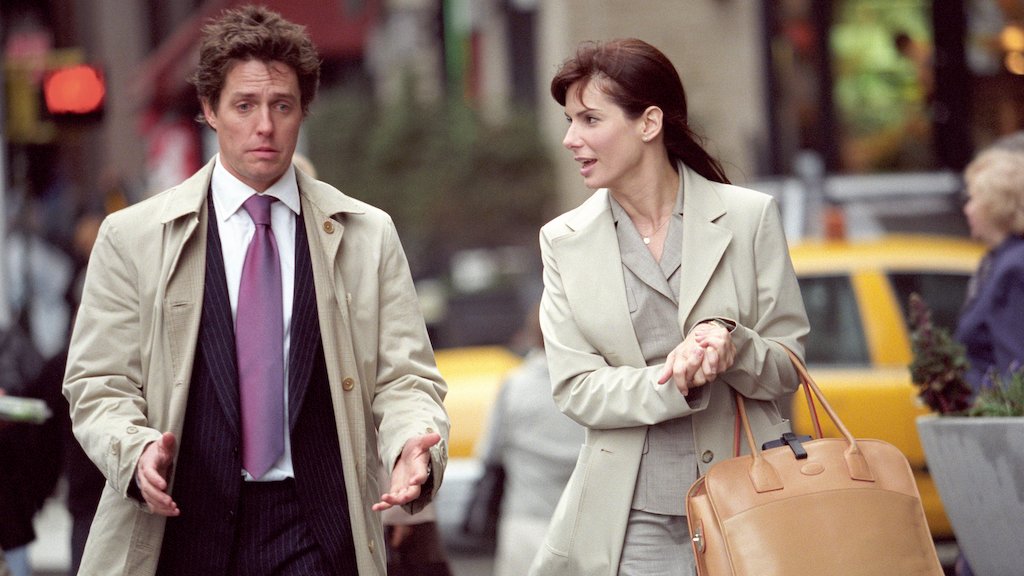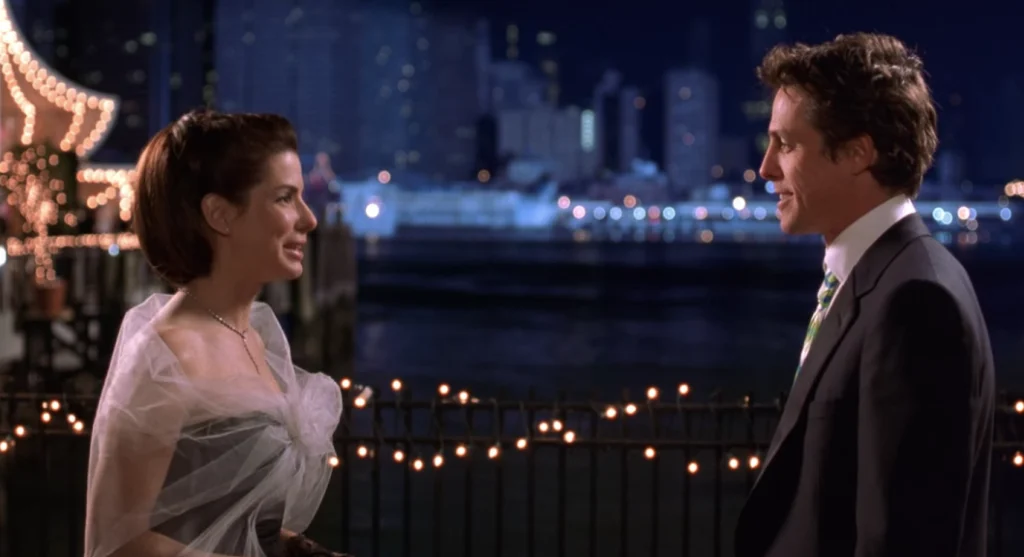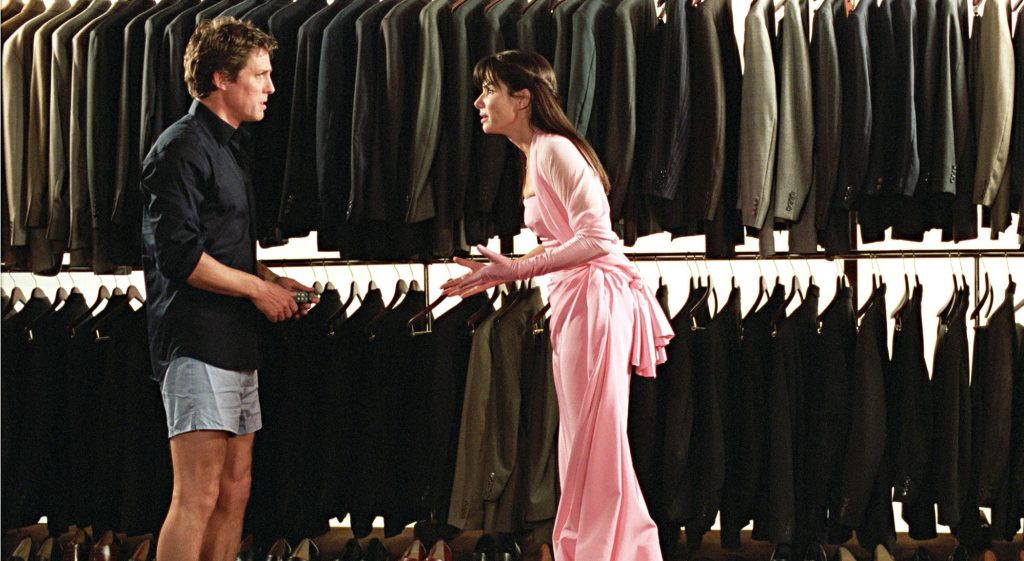Sandra Bullock’s rom-com ‘Two Weeks Notice’—filmed in New York City upon the actress’ insistence—helped revive the city’s economy after the harrowing 9/11 attacks.

TrustedFollowShare
Sandra Bullock and Hugh Grant’s 2002 romantic-comedy Two Weeks Notice reportedly led New York City’s then-mayor to declare 11 December 2002 as “Two Weeks Notice” Day. But what was the reason behind this honor? The project, directed by Marc Lawrence, was recognized as the first Hollywood production to shoot in New York City after the devastating September 11 attacks.

Two Weeks Notice (2002)
Although the location embellishes the film’s narrative, providing a backdrop well-suited for the endeavor, there was nearly a possibility of the Bullock starrer never getting made in New York City. The actress also served as the rom-com’s producer and her timely insistence allowed the movie to be made there instead of a cost-effective alternative.
This decision would ultimately help the area recover economically from the tremendous catastrophe that it had experienced.
Sandra Bullock Wanted Two Weeks Notice To Be Filmed In New York City

Sandra Bullock and Hugh Grant in Two Weeks Notice (2002)
According to this intriguing IMDb behind-the-scenes tidbit, Two Weeks Notice was initially scheduled to be filmed entirely in Toronto. Sandra Bullock, the project’s leading actress and producer, remained steadfast in her conviction that a movie about New York City should be produced in the same city.
This is how the project rose to prominence as the first Hollywood production to shoot in New York City following the horrific and well-known 9/11 tragedy. Eventually, the endeavor would contribute to rejuvenating the local economy and businesses. This is precisely why the Mayor of New York City dubbed 11th December 2002 “Two Weeks Notice” Day.
It was an earnest attempt to recognize the crew’s vital role in reinvigorating the location following the harrowing event.
In an interview back then, Sandra Bullock attested to the rom-com’s production being slated at a time when she (and others) needed joy more than anything.
Related: Where Would Hollywood Be Without Sandra Bullock?
Sandra Bullock Deemed Two Weeks Notice The Perfect Endeavor Amidst A Hopeless Climate

Two Weeks Notice (2002)
In a December 2002 interview with Blackfilm.com, the Miss Congeniality alum touched upon various topics—her on-set work dynamic with co-star Hugh Grant, the aspects of her character in Two Weeks Notice, how she handles stress, and the control she possesses over her career. Concerning the last query, the actress talked about the timing, climate, and environment that governed the 2002 rom-com’s production.
Sandra Bullock said that although she could decide which script to choose, she possessed no control over how a project would work out or whether people would be open to it. The same was the case for Two Weeks Notice. “We were in preproduction for this [Two Weeks Notice] when 9/11 happened,” commented the star.
The Bird Box alum was unaware whether the persisting climate surrounding the harrowing tragedy would allow anyone to be receptive. Nevertheless, she was determined it was the perfect time to participate in an endeavor that could lift her (and hopefully the audience’s) spirits instead of doing something “sad.”

Sandra Bullock didn’t want to participate in a “sad” project amidst a hopeless climate!
Following was her statement:
“You like to think that you do [have control], and I like to put in my two cents worth, but you have no control over the timing, the climate. Do people want to see a film like this? We were in preproduction for this when 9/11 happened, and I said, ‘This is the perfect time for something like this. I don’t want to be doing anything sad. I don’t want to be doing anything that really brings your spirits down.’ So, it’s all timing.”
Hugh Grant and Sandra Bullock’s Two Weeks Notice reaped mixed reviews, but that didn’t prevent it from reaching a blockbuster status at the box office. The movie amassed $199 million worldwide against a budget of $60 million.
The project also proved beneficial in more ways than one—it ultimately helped breathe new life into New York City’s economic state by glamorizing the location after a catastrophe that left everyone in shock and dismay.




